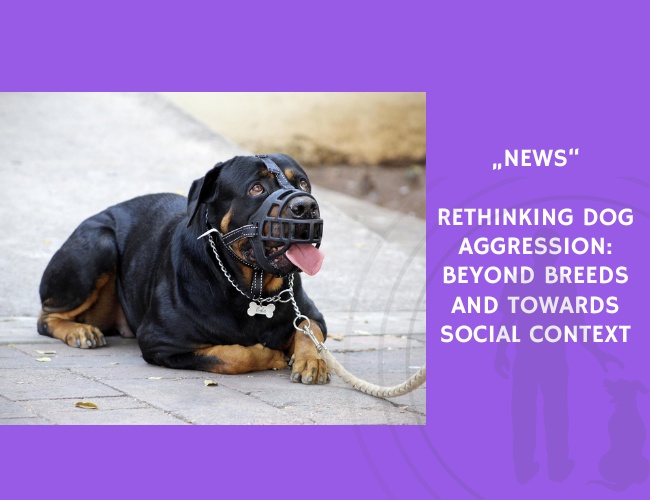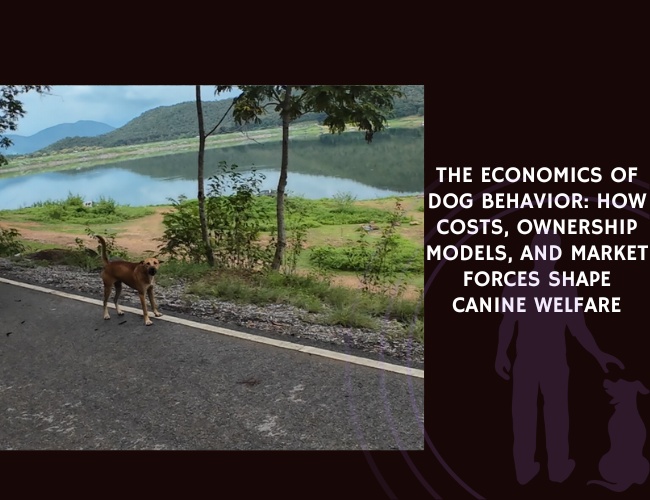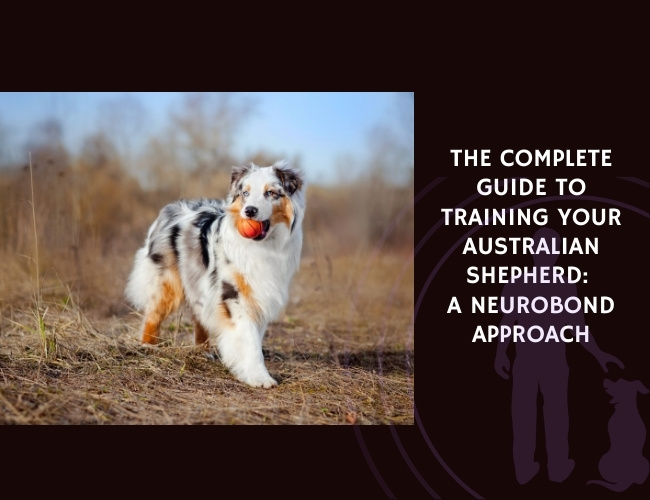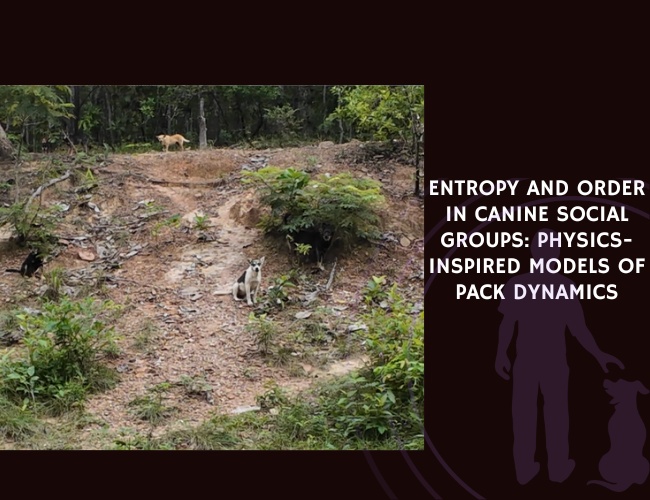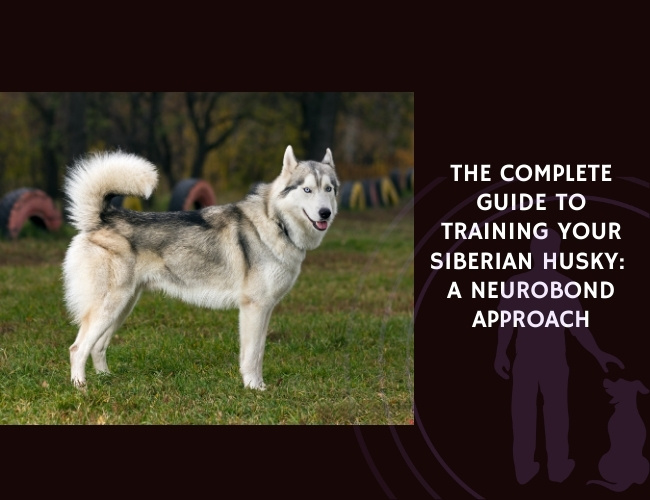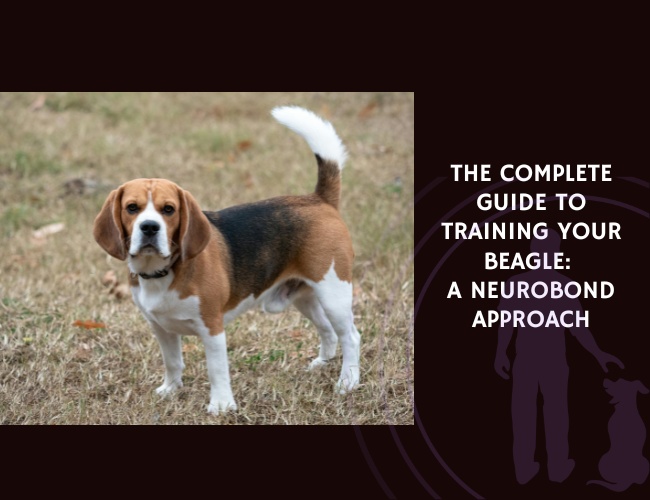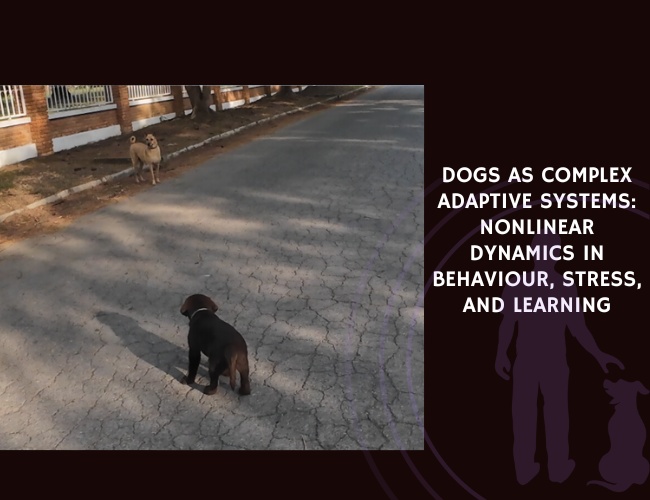Ayrosa, Savalli & Resende (2024) argue that current approaches to studying dog aggression are limited by dichotomous frameworks and a narrow focus on breed-based explanations. Such perspectives often standardize aggression around genetics or simplified behavioral categories, overlooking the complexity of canine social life and human–dog interactions.
The authors propose reframing aggression as a social communicative behavior rather than a fixed trait, highlighting how dogs’ actions are influenced by dynamic interactions with their environment and caretakers. They emphasize that aggression should not be reduced to pathology but understood within the broader context of communication, stress, and adaptation.
Key factors that deserve greater attention include skull morphology, body size, weight, cultural context, and the quality of the caretaker–dog relationship. These variables may interact to shape how aggression is expressed and perceived, moving the discussion away from narrow breed stereotypes toward a richer, more holistic understanding.
By integrating perspectives beyond Western, urban-centric research traditions, the study calls for an inclusive, systemic approach that views dogs as developing beings in constant interaction with their environments. This shift, the authors argue, could improve not only scientific models but also practical outcomes for welfare, training, and policy-making.
Source: Ayrosa, F., Savalli, C., & Resende, B. (2024). Beyond Breeding: Re-Interpreting Paradigms in Domestic Dog Aggression Research. Estudos de Psicologia (Natal). Authors: Flavio Ayrosa, Cesar Savalli, Briseida Resende. Journal: Estudos de Psicologia (Natal).

